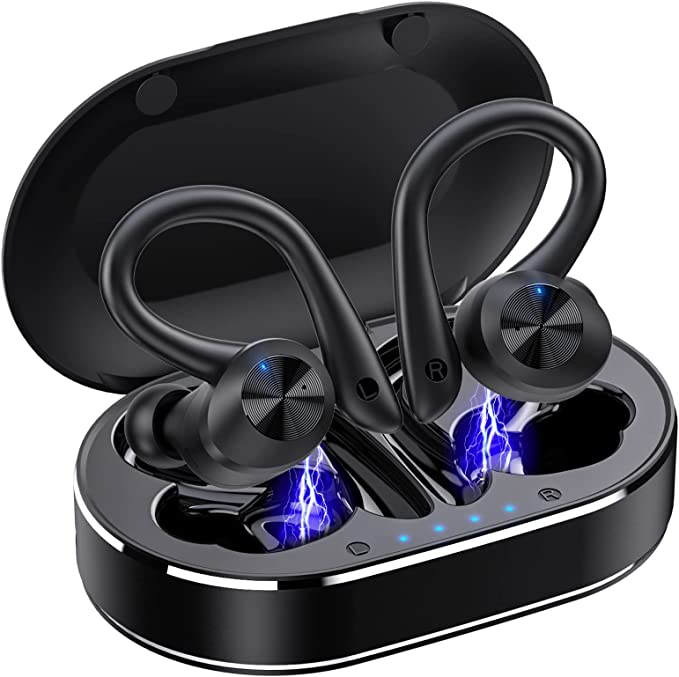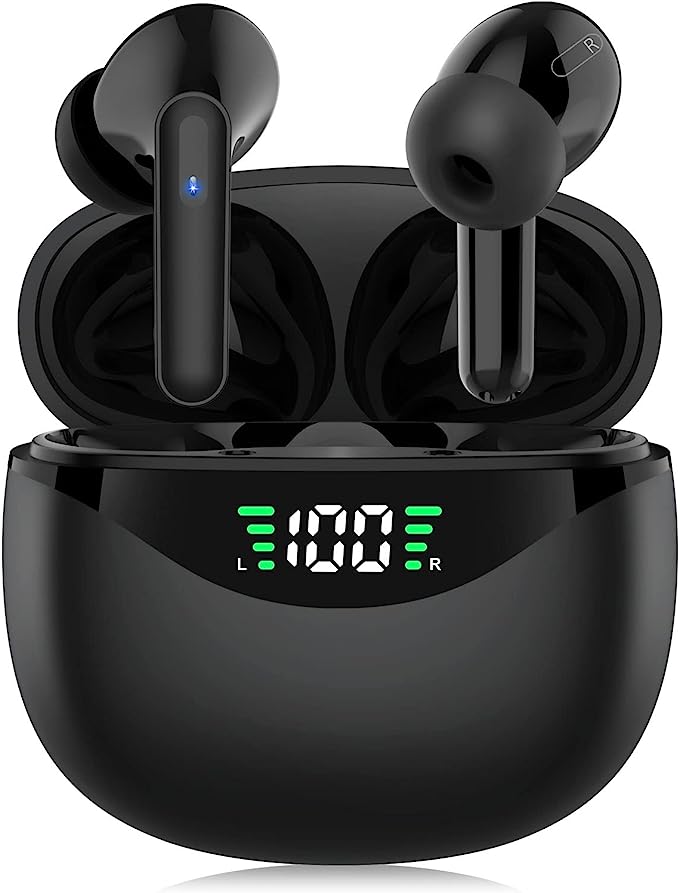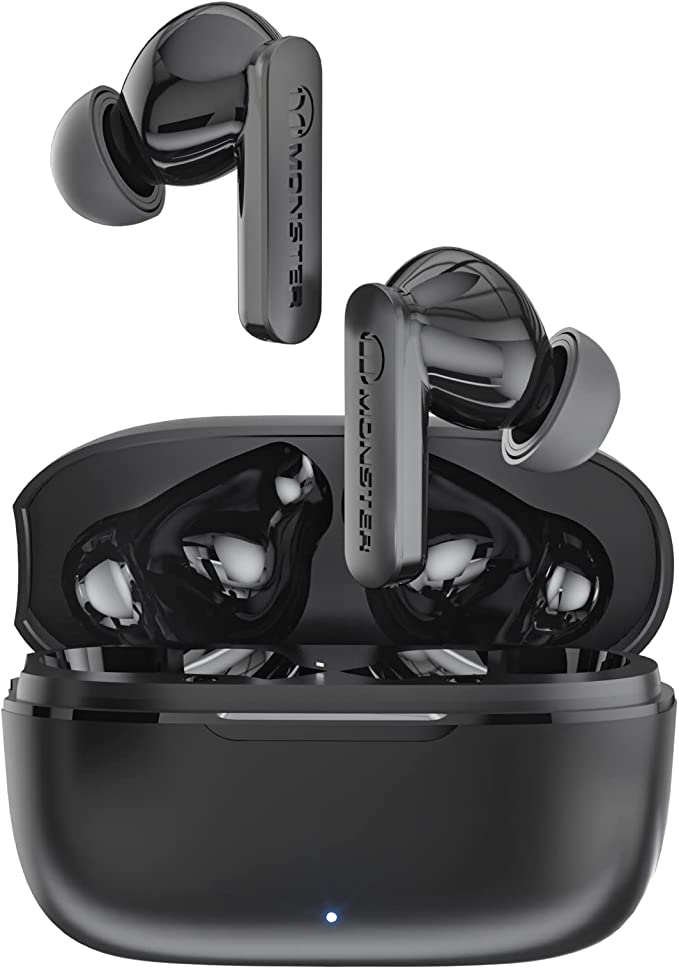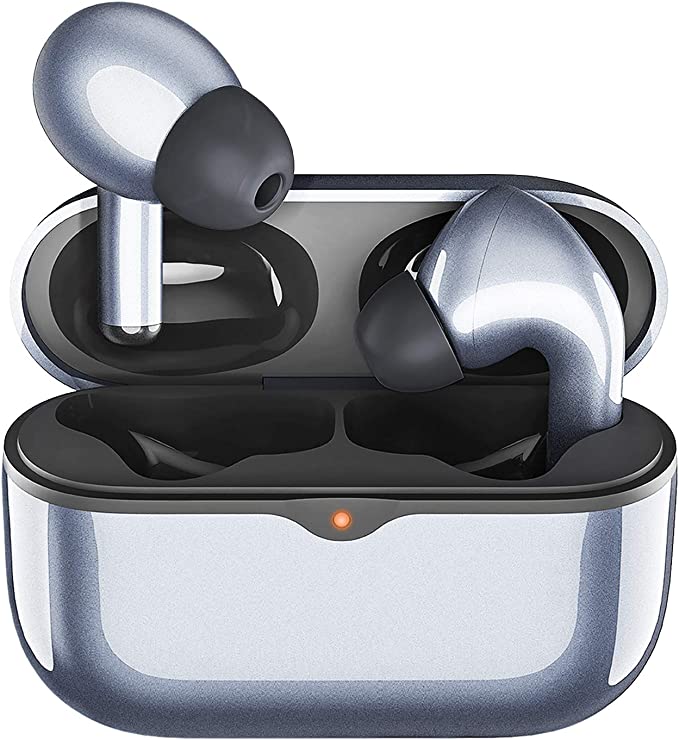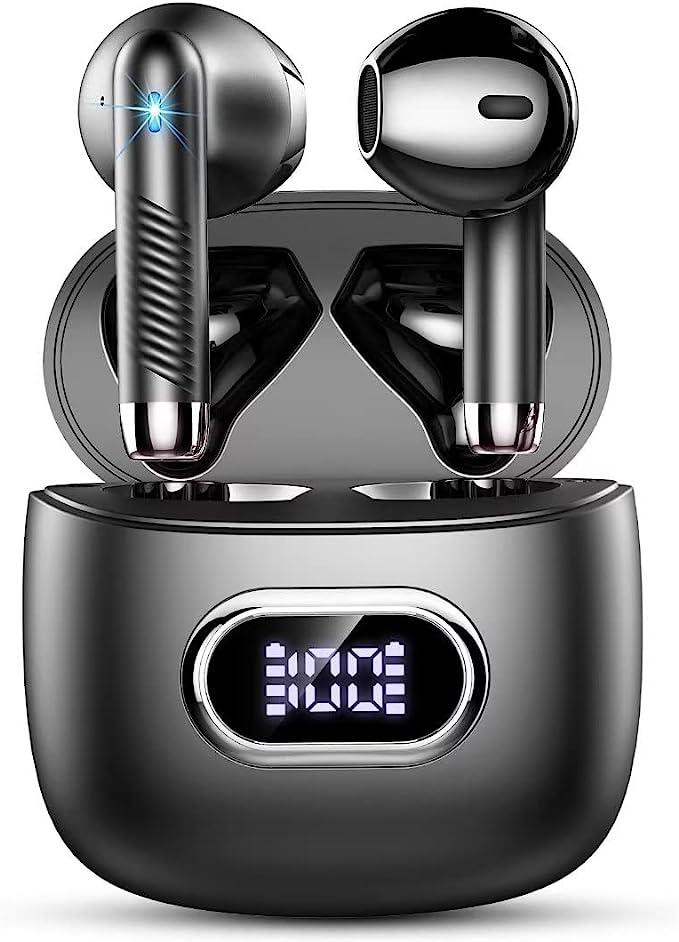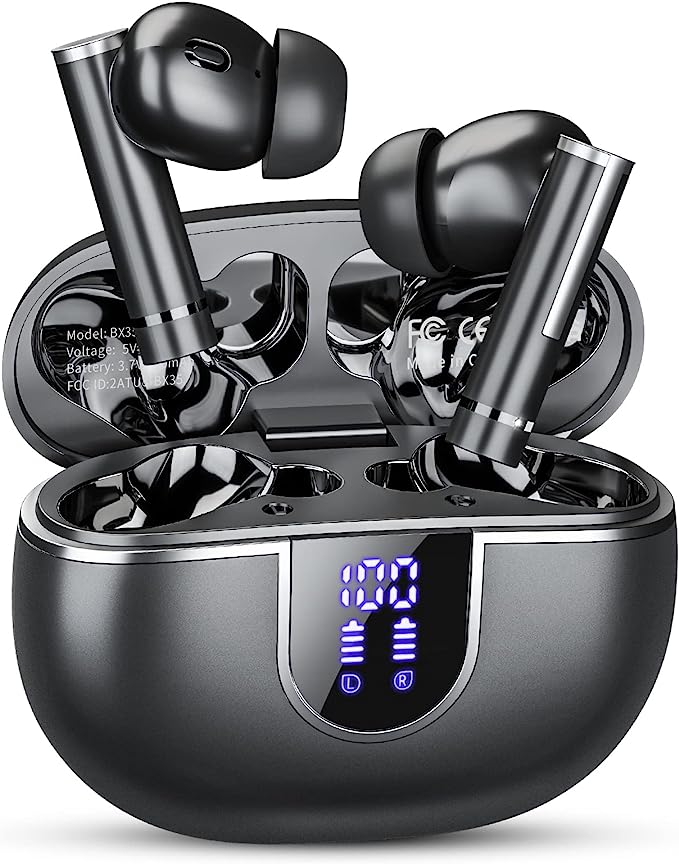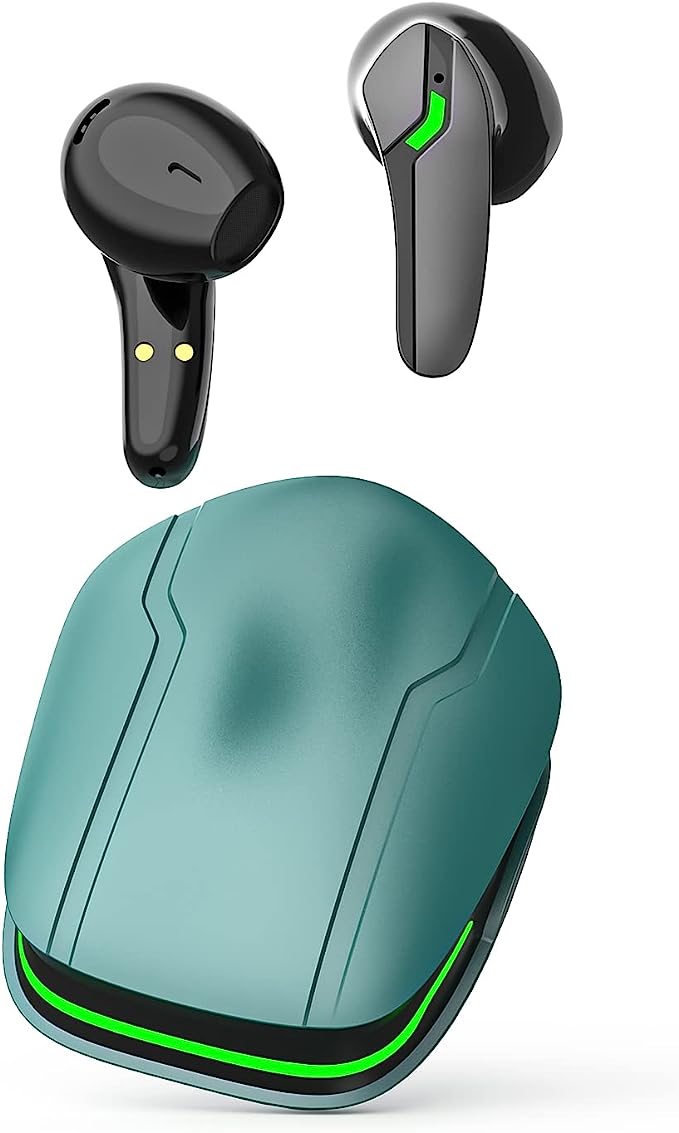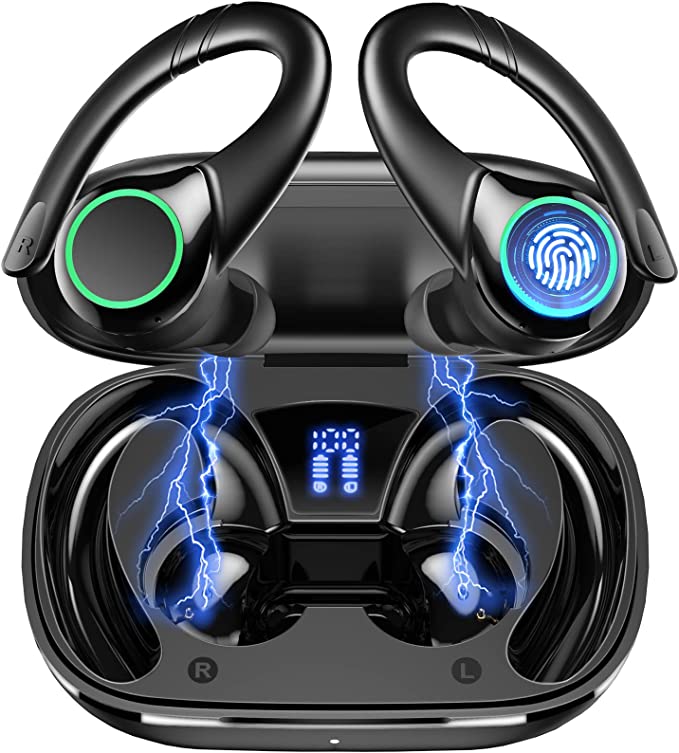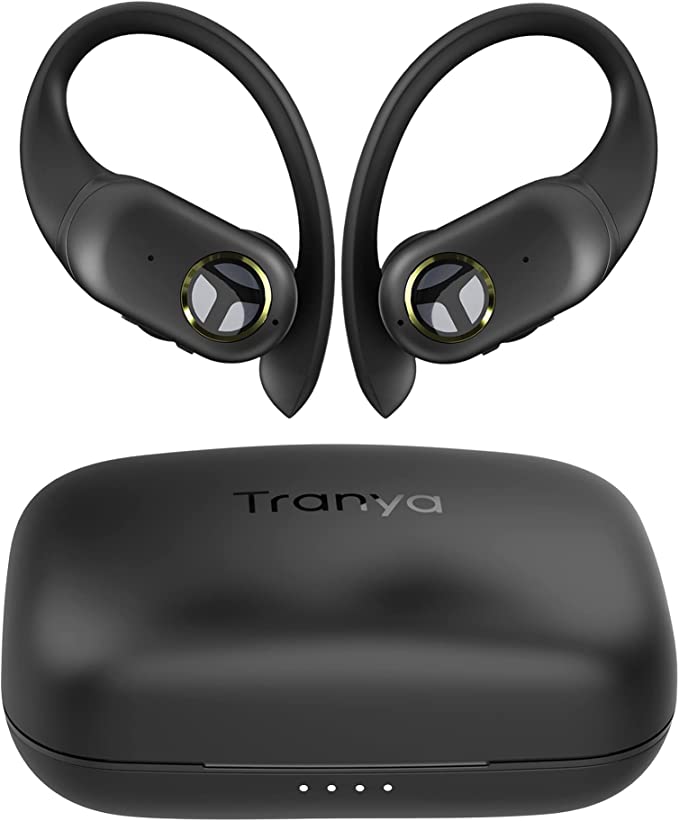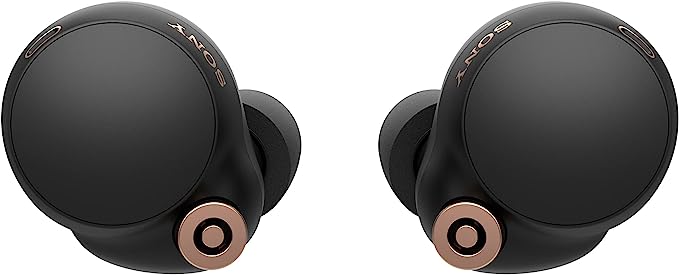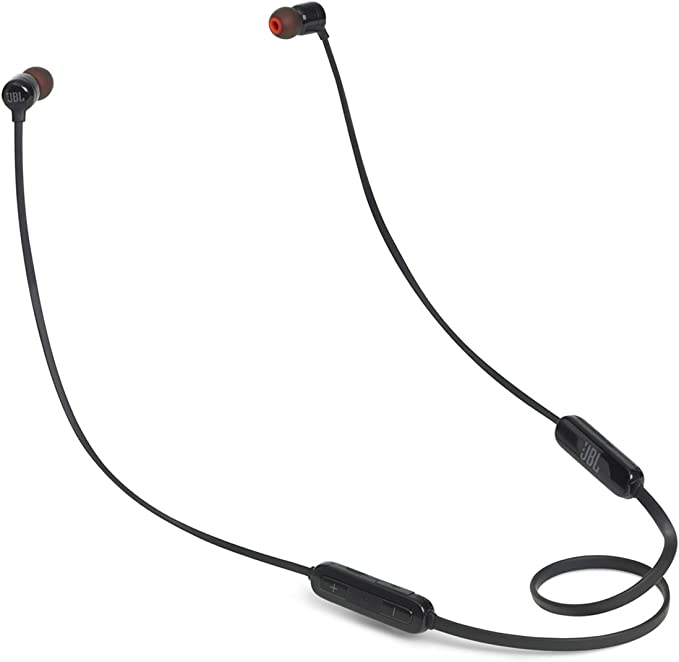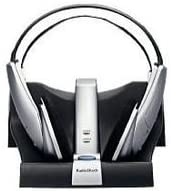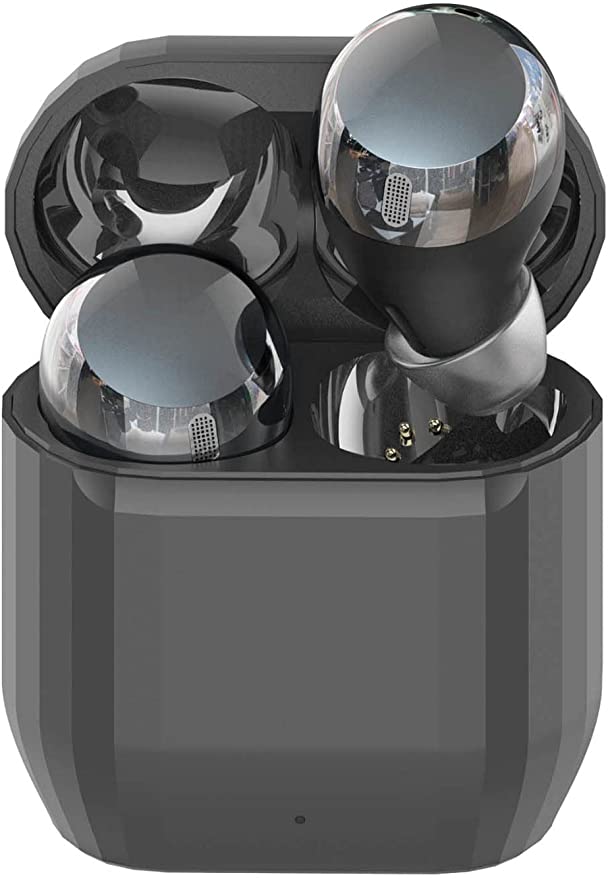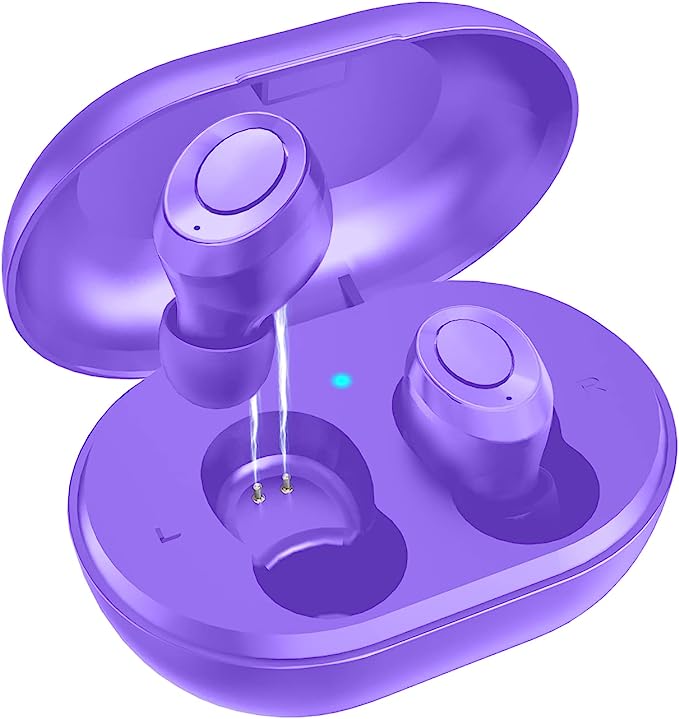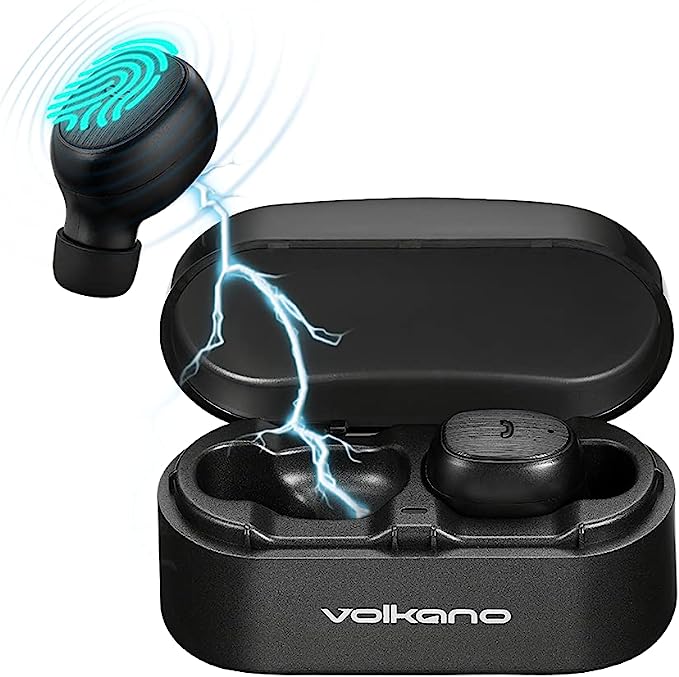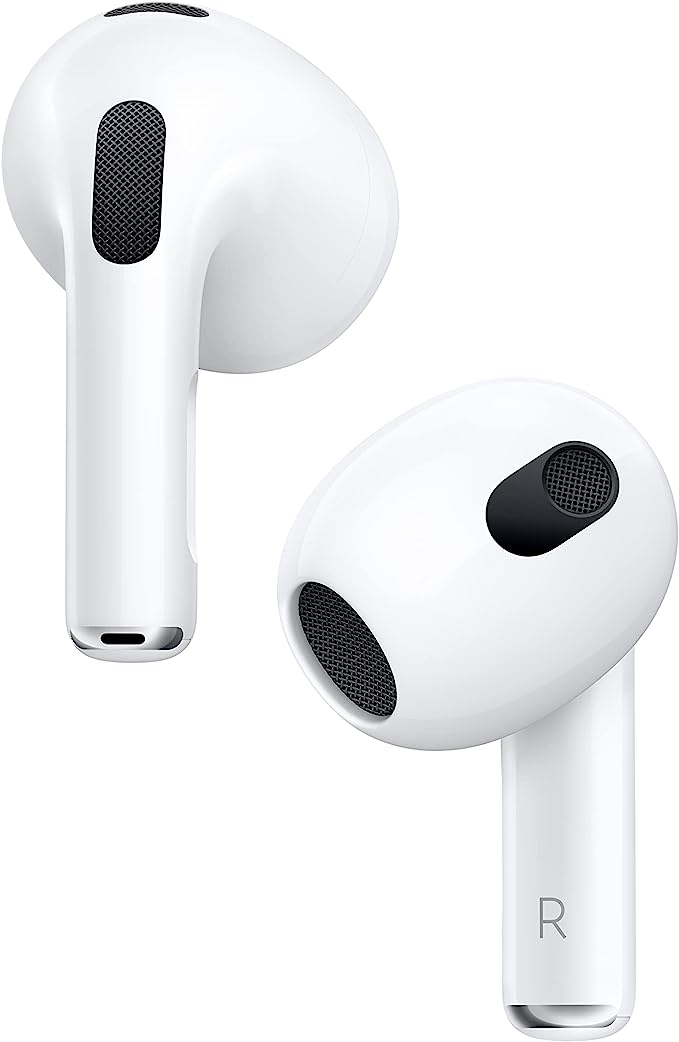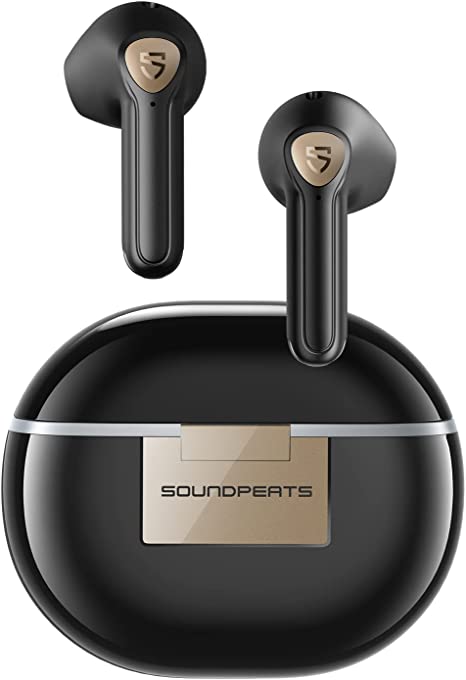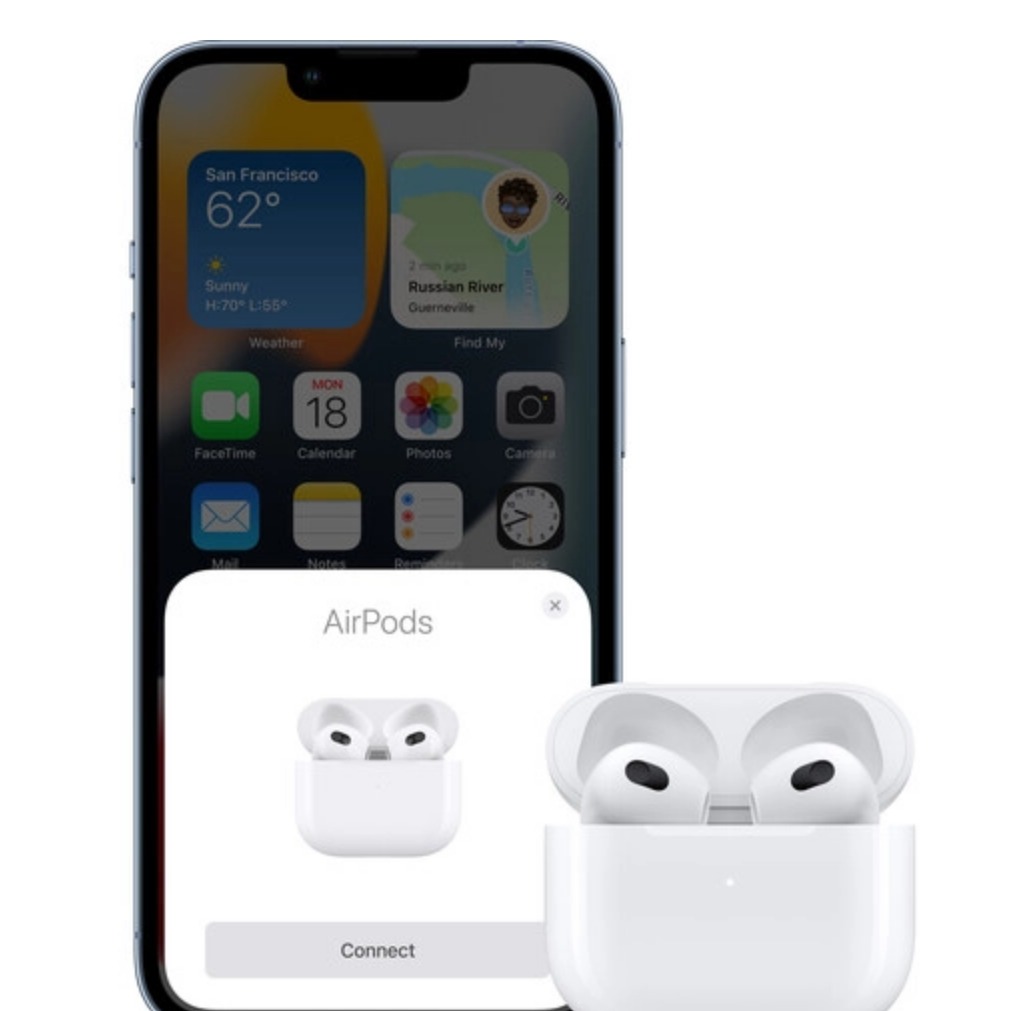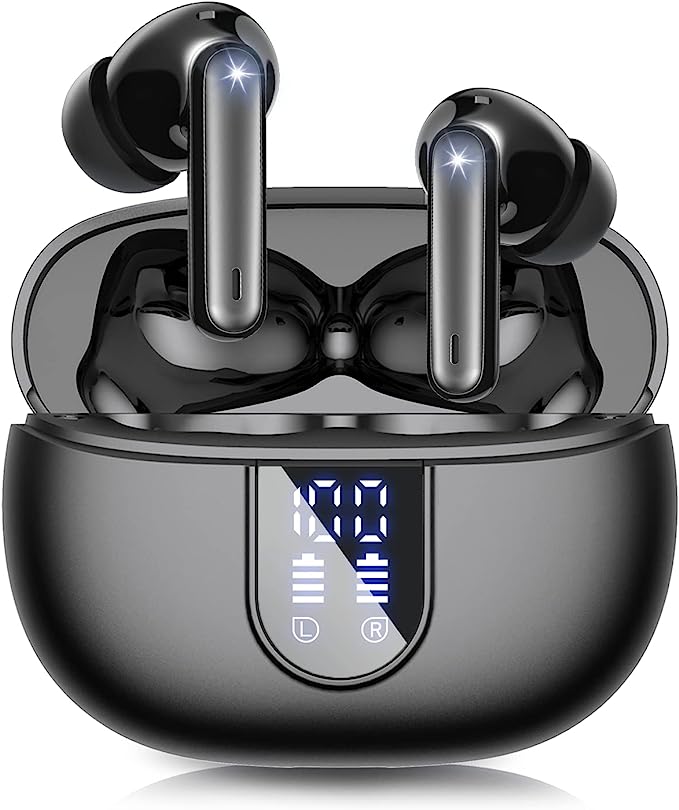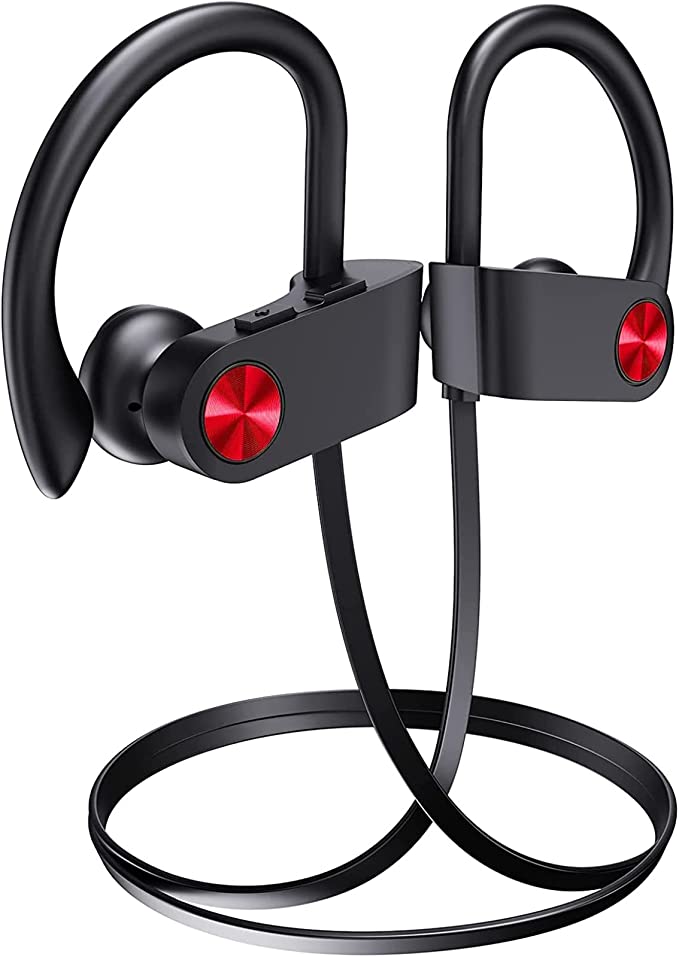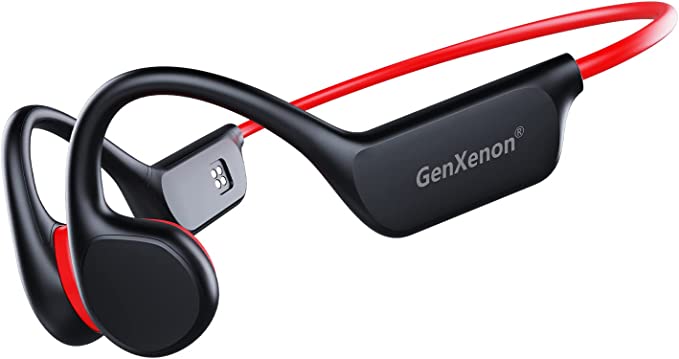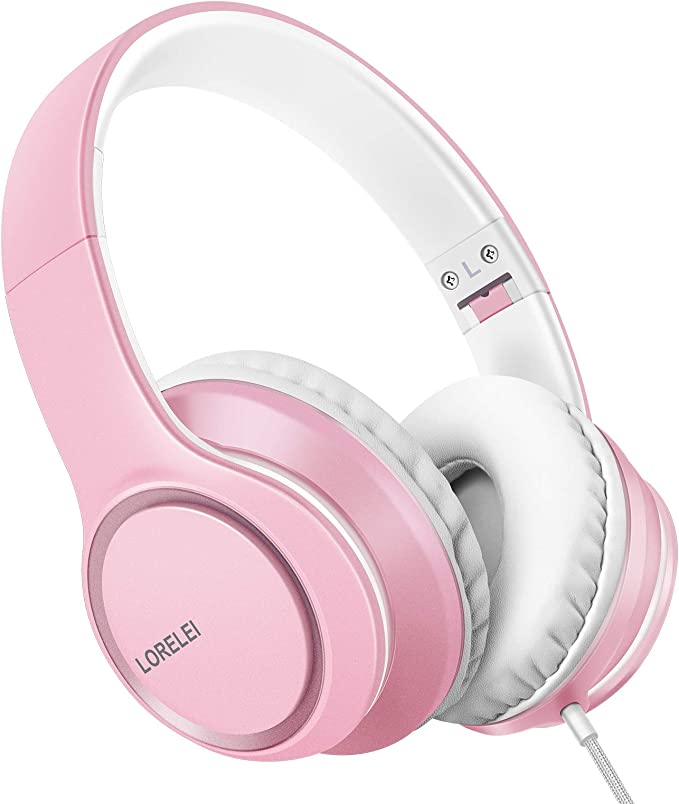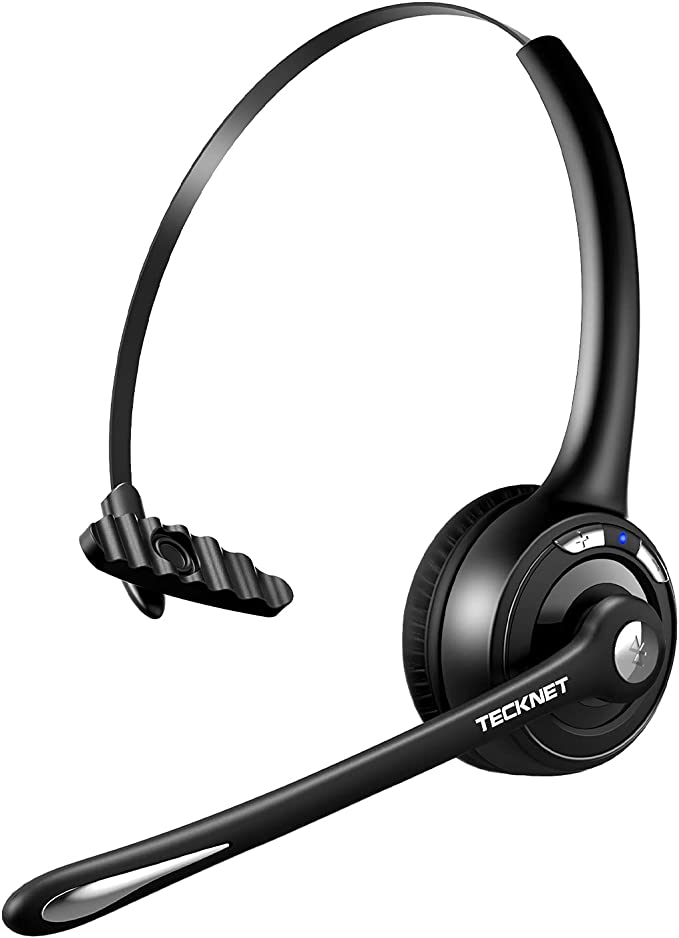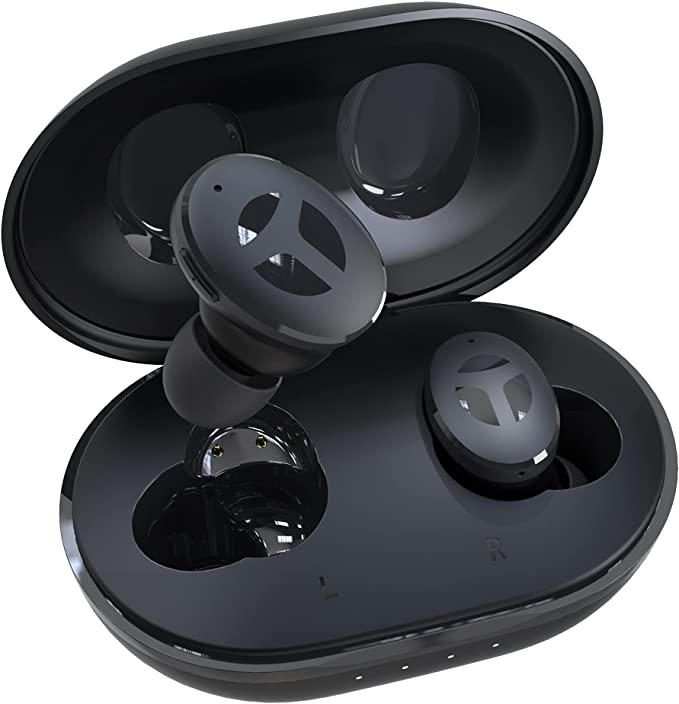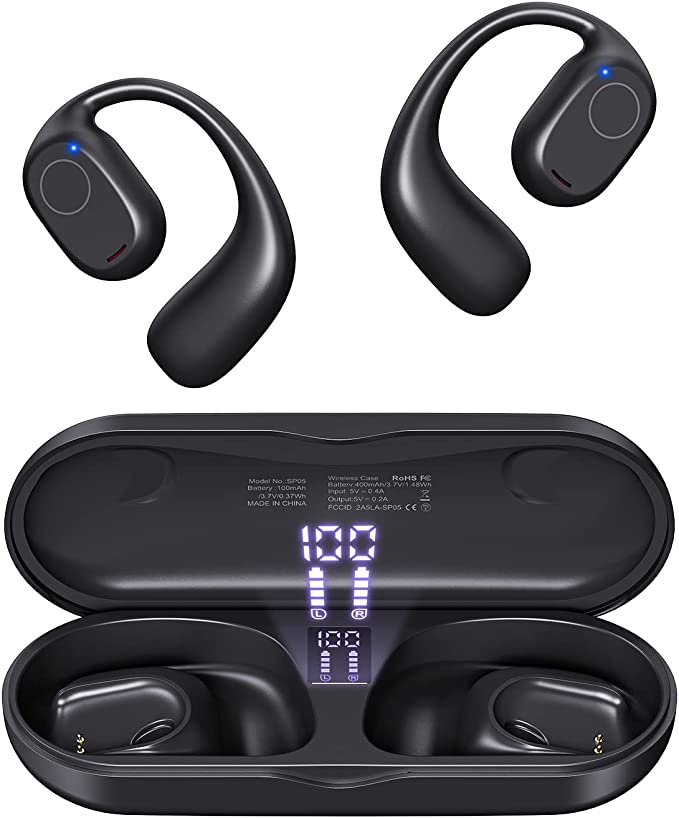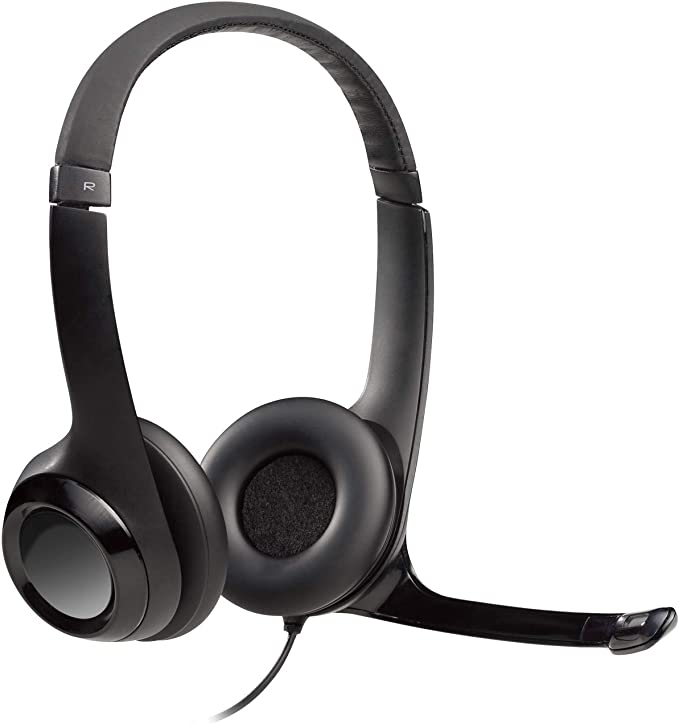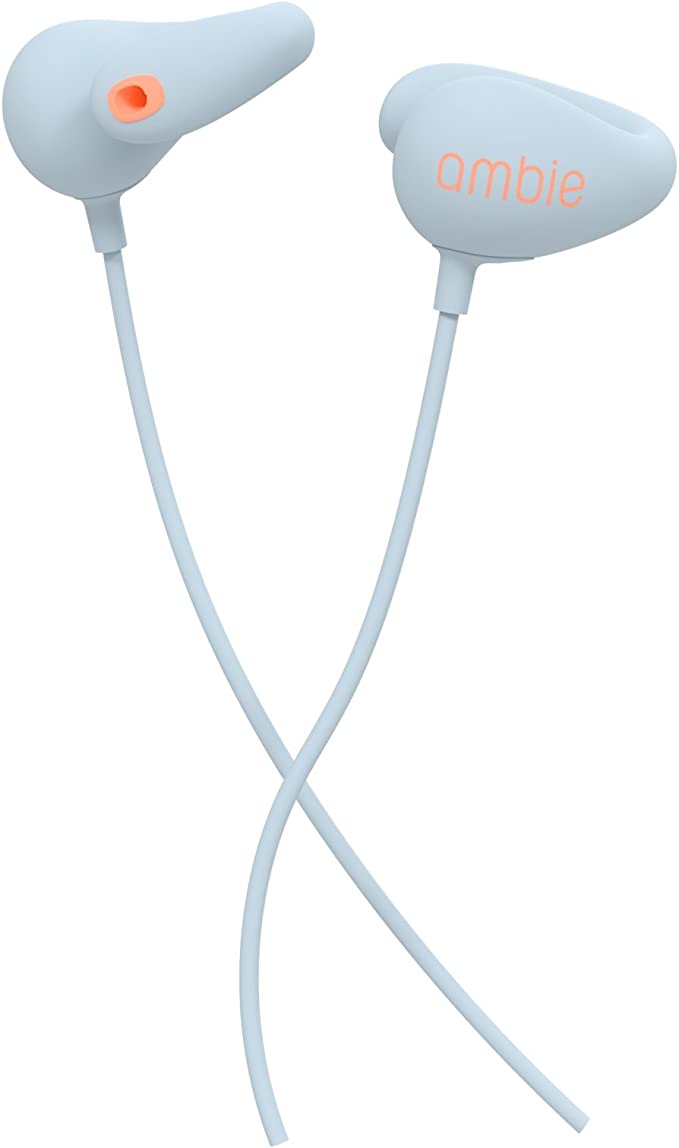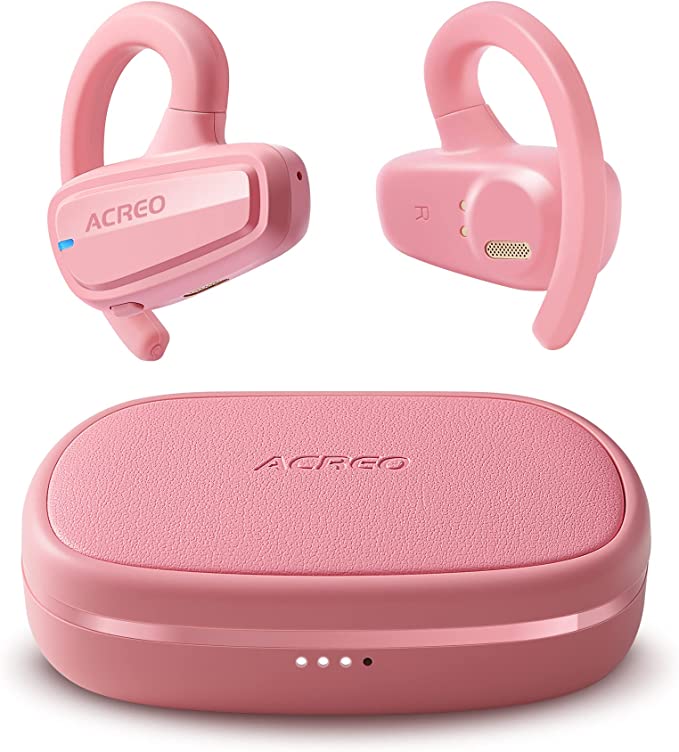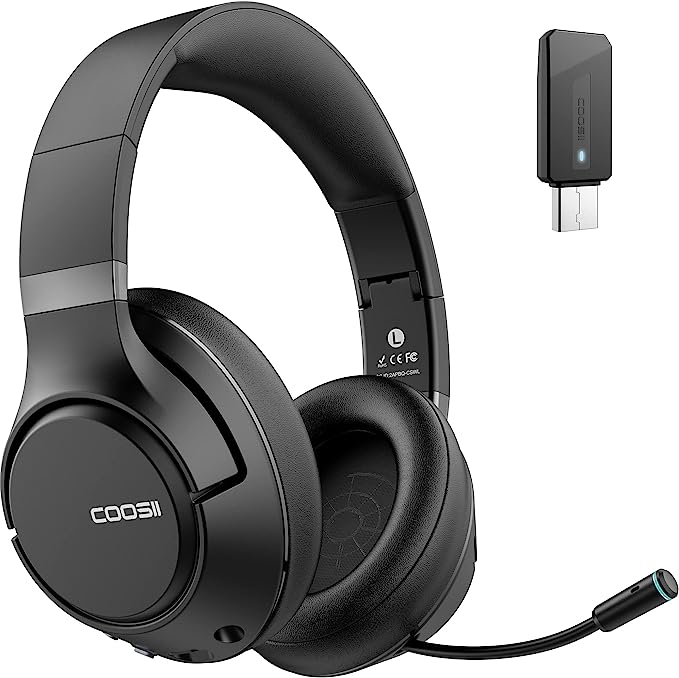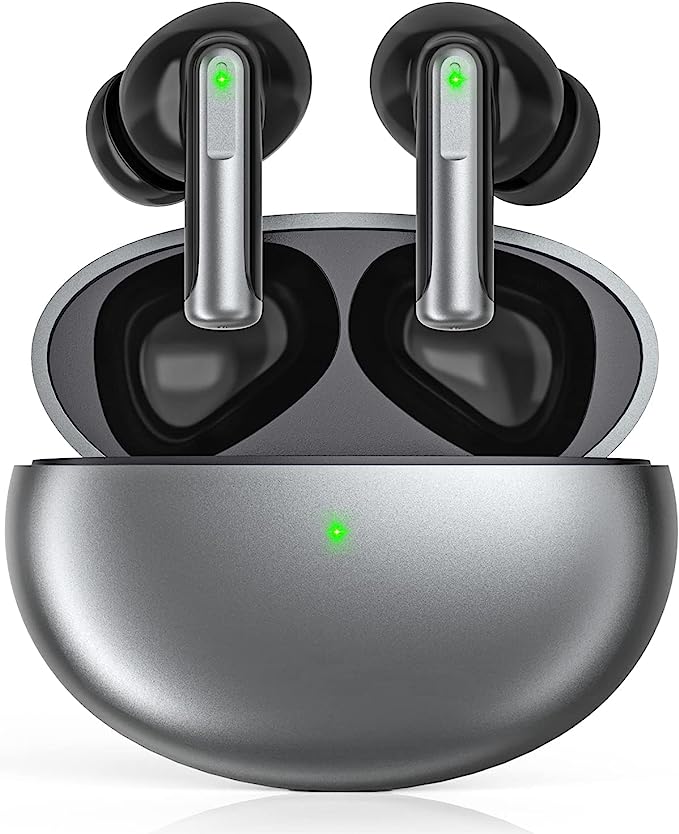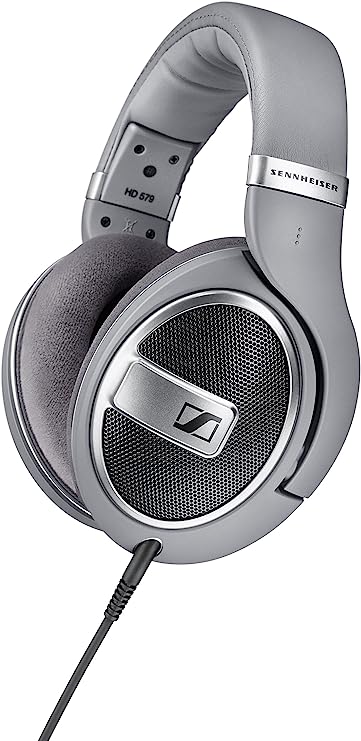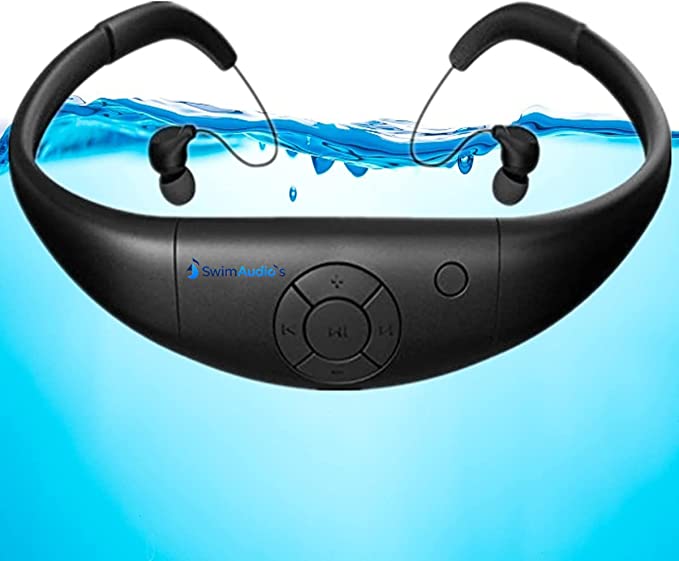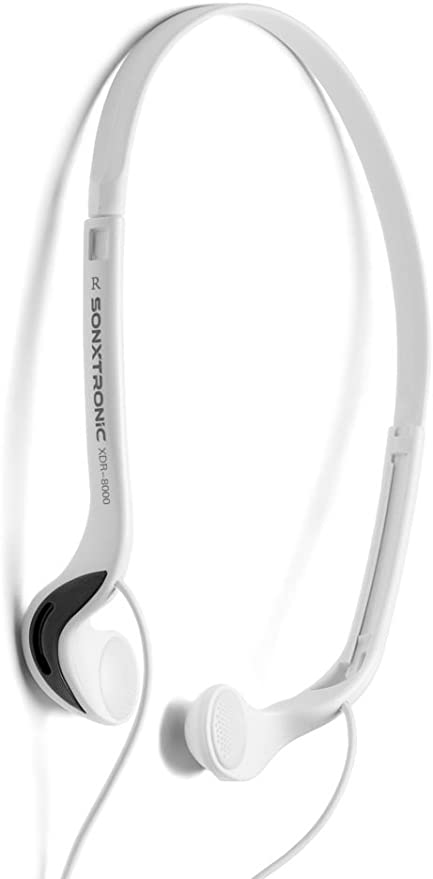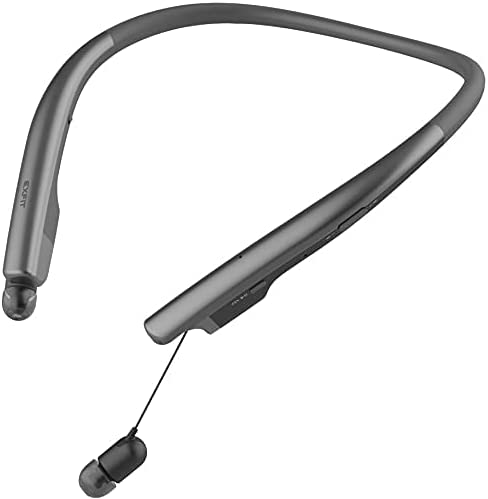BYTECH In Ear Wireless Earbuds : A Budget-Friendly Choice for Active Lifestyles
Update on June 30, 2025, 9:18 a.m.
There are moments, when browsing the vast, digital aisles of the internet, that you stumble upon a small mystery. It’s usually not a headline-grabber, but a quiet little puzzle that nags at the curious mind. Today, that puzzle is a product: the BYTECH In Ear Wireless Earbuds, White, BYAUBE111WT. The case file is thin. The price is a mere $18.93. The features seem standard. But then, you see the verdict from the public jury: a perplexing 2.6 out of 5 stars.
This isn’t just a low score. It’s a fractured one. A deeper look reveals a tale of two extremes: 61% of raters condemned it with a single star, while 39% lauded it with a perfect five. How can a simple piece of technology be simultaneously a failure and a triumph? This isn’t a product review; it’s an investigation. And we, as tech detectives, are here to crack the case.

Exhibit A: The Physical Evidence
Every good investigation begins with the physical evidence. Our first clue is the most tangible aspect of the BYTECH earbuds: their “In Ear” design. To the casual eye, this is about comfort and making sure they don’t fall out. But to an audio engineer, this design is a deliberate, scientific choice with profound acoustic implications.
Think of it like this: an old-fashioned earbud that sits on the outer ear is like a speaker playing in an open room. Sound waves scatter, losing energy and competing with every other noise in the environment. An in-ear design, however, functions more like a stethoscope. By creating a seal inside your ear canal, it accomplishes two critical things.
First, it creates passive noise isolation. This is a foundational principle of acoustics. The physical body of the earbud acts as a barrier, blocking a significant portion of higher-frequency ambient noise—the clatter of a coffee shop, the hum of a train—from ever reaching your eardrum. It’s a form of soundproofing that requires no battery power, a clever trick of pure physics.
Second, it ensures efficient sound delivery. With the ear canal sealed, the tiny internal speakers, or drivers, can channel sound waves directly and precisely to your eardrum. This direct path minimizes energy loss, meaning the earbuds can produce a richer, more present sound at a lower volume, a key principle in audio engineering. So, from our first clue, we can deduce a smart, cost-effective design choice.
Following the Digital Trail: The Bluetooth Connection
Our investigation now moves from the physical to the digital. The product proudly lists “Connectivity Technology: Wireless, Bluetooth.” This is the invisible thread that grants these earbuds their freedom. Bluetooth technology, officially the IEEE 802.15.1 standard, is a marvel of modern radio engineering, using a technique called Frequency-Hopping Spread Spectrum (FHSS) to dance between 79 different frequencies, making the connection robust and resistant to interference.
But here, our case file has a glaring omission. It tells us it uses Bluetooth, but not which Bluetooth. It’s like a witness reporting a getaway car but failing to mention if it was a sputtering 1990s sedan or a brand-new electric sports car. This detail is far from trivial. The Bluetooth standard has evolved significantly since its conception in the 1990s. An older version, like 4.2, has higher latency—that frustrating delay between seeing a person speak on screen and hearing their voice. Newer standards like Bluetooth 5.0 and beyond drastically improve connection stability, range, and, crucially, power efficiency.
When a manufacturer of a budget device remains silent on the version, it’s a strong indication that they’ve opted for an older, less expensive chipset. This isn’t a deception; it’s an economic decision. It’s the first sign of a deliberate engineering trade-off: sacrificing cutting-edge performance for an accessible price point. The trail is getting warmer.
Interrogating the Silence: The Ghost of High-Quality Sound
The most audacious claim in the file is that the earbuds deliver “high-quality sound.” This is where a detective must become a skeptic. A claim without evidence is just a rumor. And in the world of audio, the evidence lies in two key specifications, both conspicuously absent from our file.
The first is the audio driver. This is the heart of any headphone—a miniature speaker composed of a magnet, a voice coil, and a diaphragm that vibrates to create sound. The size, material, and quality of this component are the single biggest factors in audio fidelity. A well-made driver can reproduce deep, resonant bass and crisp, detailed highs. A basic one will struggle.
The second missing witness is the list of supported audio codecs. If the driver is the singer, the codec is the translator. It’s a piece of software that compresses audio for its journey over the airwaves and then decompresses it in the earbud. The universal, default codec is SBC (Subband Codec). It gets the job done, but it’s a “lossy” format, meaning it discards some audio data to maintain a stable connection. More advanced codecs, like AAC or aptX, are like more fluent translators, preserving more of the original detail.
The silence on both drivers and codecs is deafening. It’s the audio equivalent of a restaurant boasting of a gourmet meal but refusing to discuss its ingredients or cooking methods. We can reasonably infer that the components used are standard and the codec is the basic SBC. The claim of “high-quality” is therefore subjective, not a statement of technical specification.
The Revelation: Cracking the Case
Let’s assemble the clues on our evidence board. We have a clever and efficient physical design (Exhibit A). We have a wireless connection that is functional but likely not state-of-the-art (The Digital Trail). And we have a profound silence on the very components that define sound quality (The Silence).
The motive behind this entire operation becomes crystal clear: aggressive and meticulous cost management. Every decision appears to have been guided by a single question: “What is the absolute minimum required to deliver a functional wireless audio experience?”
And with that, we have solved the central mystery of the 2.6-star rating. That number isn’t a measure of the product’s objective quality. It is a mathematical snapshot of a colossal expectation gap.
The 39% of users who gave it five stars were likely people who walked into the store with a simple mission: “I want wireless earbuds, and I want to spend less than $20.” For them, the BYTECH earbuds were a resounding success. The device did exactly what they paid for. The 61% who gave it one star likely had a different, perhaps unspoken, hope. They paid for a bicycle but expected the thrill of a motorcycle. They were disappointed not necessarily by the product itself, but by the gap between its reality and their desire.
Case Closed: Your Detective’s Toolkit
The investigation into the BYTECH BYAUBE111WT is closed. It’s not a villain, nor is it a hero. It is a masterclass in compromise. But the tools we used to understand it are yours to keep. The next time you face a piece of budget technology, you don’t need to be a passive consumer; you can be the detective. Just remember your toolkit:
-
Read the Silence. What a product page doesn’t tell you is often the most important clue. Missing specs on battery, water resistance, or performance components are not oversights; they are messages.
-
Identify the Trade-Off. Every product, especially at the budget end, is a story of compromise. Find it. Are they sacrificing battery life for a smaller size? Audio quality for price? Knowing the core trade-off tells you the product’s true purpose.
-
Define Your Mission. Before you click “buy,” know exactly what you need. Do you need a simple tool for listening to podcasts on your commute, or a high-fidelity instrument for critically listening to music? Your ultimate satisfaction doesn’t live in the product’s five-star rating, but in the perfect alignment between its compromises and your personal mission.

